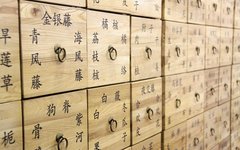
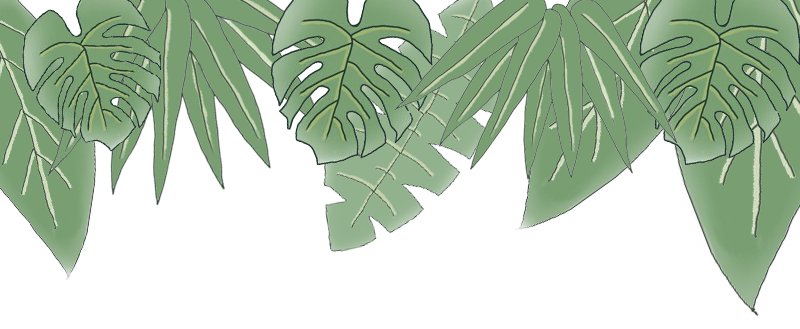
Herbal Powders

Chinese herbal powders are finely ground and mixed dry powders made from various medicinal materials. They have a long history, and ancient texts praised them as “the remedy for emergencies”, emphasizing their delicacy and use in urgent situations.
Classical medical texts such as the Shang Han Lun (Treatise on Cold Damage) provide detailed records, showcasing their profound heritage and wide application.

Classification and Types of Herbal Powders
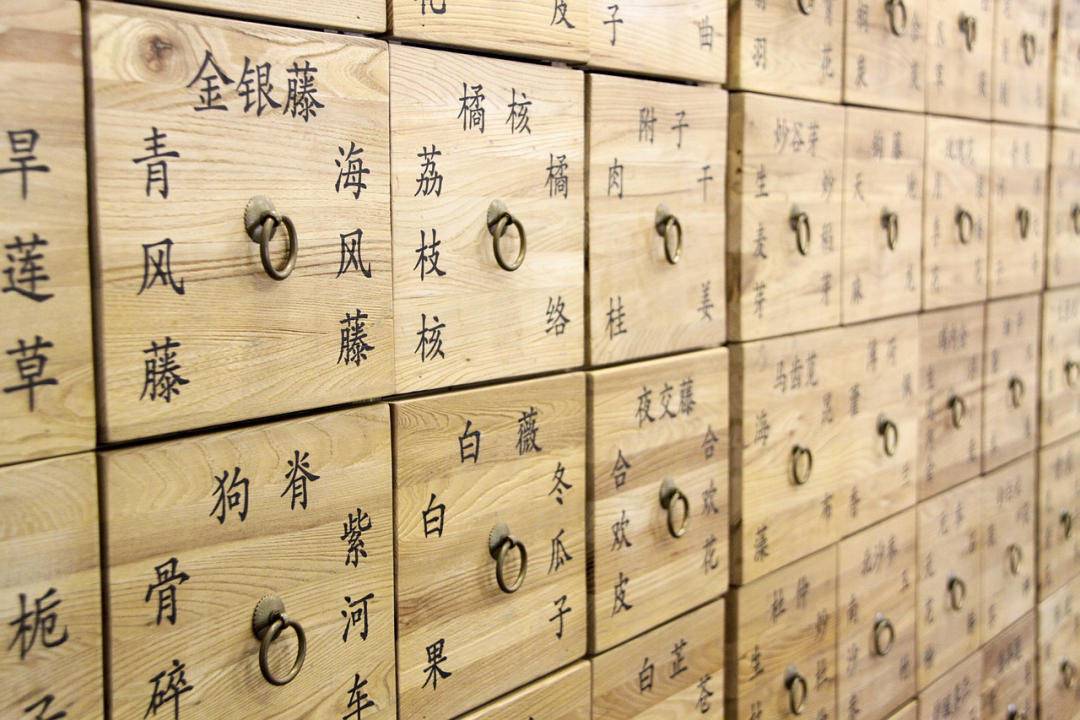
There are many types of herbal powders, which can be classified according to different criteria.
Here are some common classification methods and their types:
01
Classification Medical Use
(1) Internal Herbal Powders: Mainly used for oral administration, absorbed through the digestive tract to exert medicinal effects. Common internal herbal powders include Wu Ling San (Five-Ingredient Powder), Shen Ling Bai Zhu San (Ginseng and Atractylodes Powder), Wu Bei San (Black Beet Powder), Yi Yuan San (Benefit Source Powder). These powders are often used for treating internal diseases, such as digestive system issues and respiratory diseases.
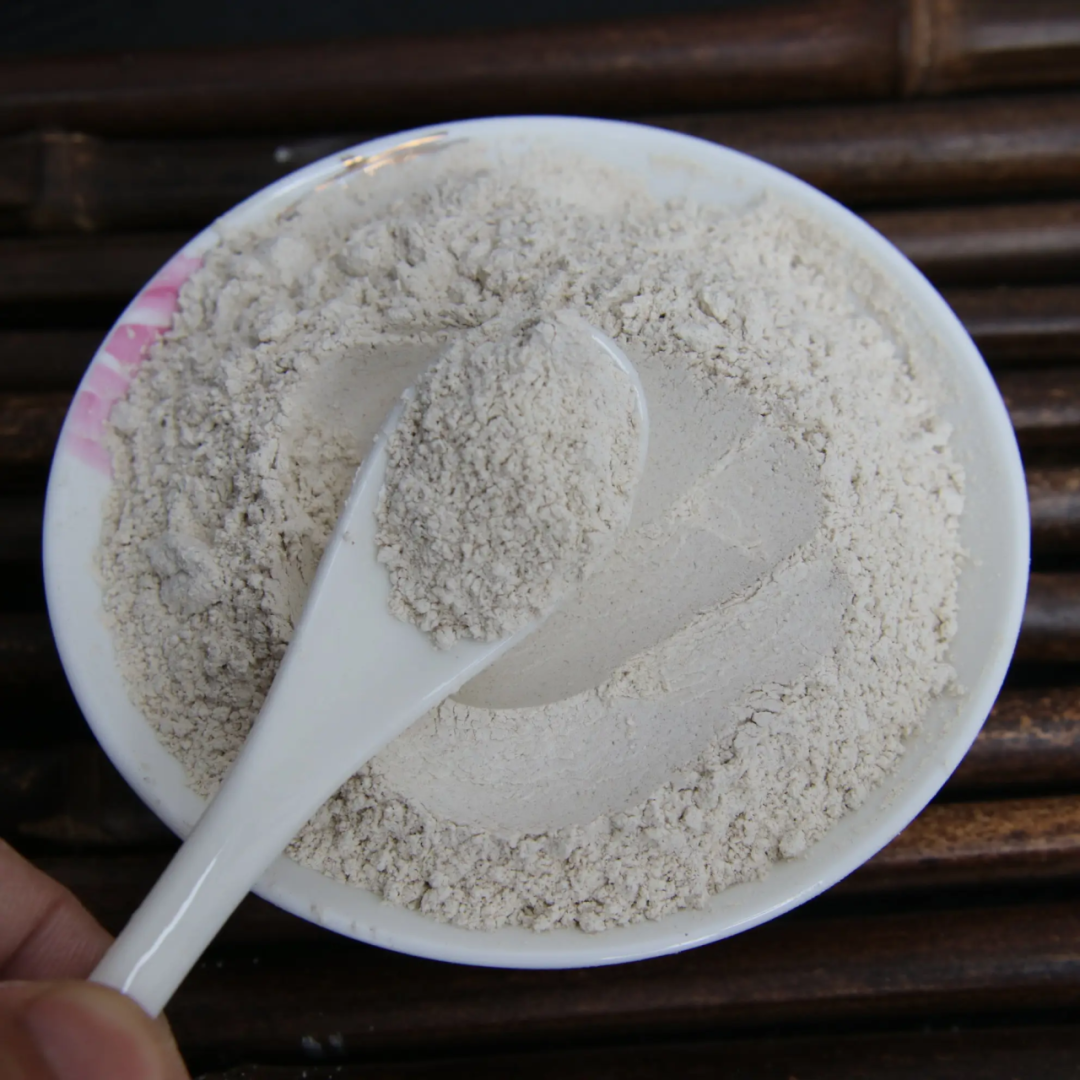
(2) External Herbal Powders: In contrast to internal herbal powders, external herbal powders are primarily used for treating diseases of the skin, mucous membranes, and other external tissues. For example, Jin Huang San (Golden Yellow Powder), Bing Peng San (Ice Boron Powder), Sheng Ji San (Wound Healing Powder). These powders typically have local therapeutic effects, such as anti-inflammatory, analgesic, and promoting wound healing.
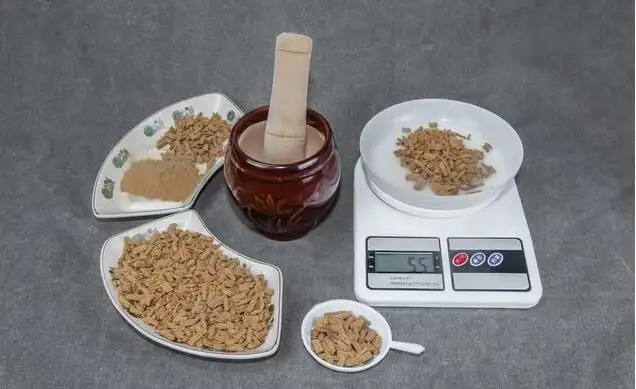
02
Classification Composition of Drugs
(1) Single Herbal Powders: Composed of a single medicinal ingredient, such as Kou Ren San (Cardamom Powder), Chuan Bei San (Fritillaria Powder). This type of powder has a single component with a clear medicinal effect, suitable for treating diseases with relatively simple or clear symptoms.
(2) Compound Herbal Powders: Composed of two or more medicinal ingredients, such as Ying Er San (Infant Powder), Huo Xue Zhi Tong San (Blood Activating and Pain Relieving Powder). Compound herbal powders can comprehensively regulate the body and treat complex or multiple coexisting symptoms.
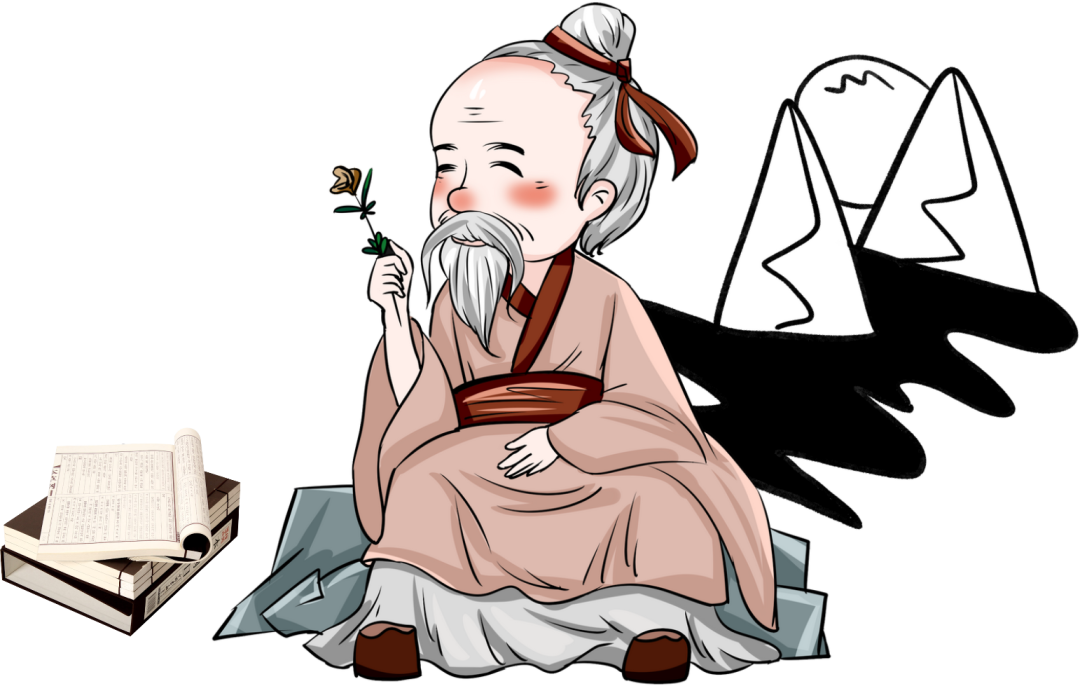
03
Classification Properties of Drugs
(1) Toxic Herbal Powders: Such as Jiu Fen San (Nine Parts Powder), Jiu Yi San (Nine One Powder). These powders contain toxic components, and their use requires strict control of dosage and administration to avoid poisoning or adverse reactions.
(2) Herbal Powders with Liquid Components: Such as She Dan Chuan Bei San (Snake Gall Fritillaria Powder), Zi Xue (Purple Snow). These powders have liquid components added during preparation, making them moist and sticky, facilitating administration and adherence to affected areas.
(3) Herbal Powders with Co-melted Components: Such as Bai Bi Wen San (White Pestilence Powder), Fei Zi Fen (Prickly Heat Powder). These powders have components that easily co-melt during mixing, forming a uniform mixture, thus enhancing the stability and efficacy of the powder.
04
Classification Dosage Form
(1) Dosed Herbal Powders: These are divided into individual doses in small packets or units, for patients to take per packet. This type of powder is convenient for measuring and controlling medication dosage, suitable for treating diseases that require precise dosage control.

(2) Non-dosed Herbal Powders: Issued in total dosage form, with patients taking their own doses as prescribed. This type of powder requires patients to self-manage their medication dosage, thus necessitating attention to the accuracy and safety of the medication.
Advantages and Disadvantages of Chinese Herbal Powders


Advantages
Points


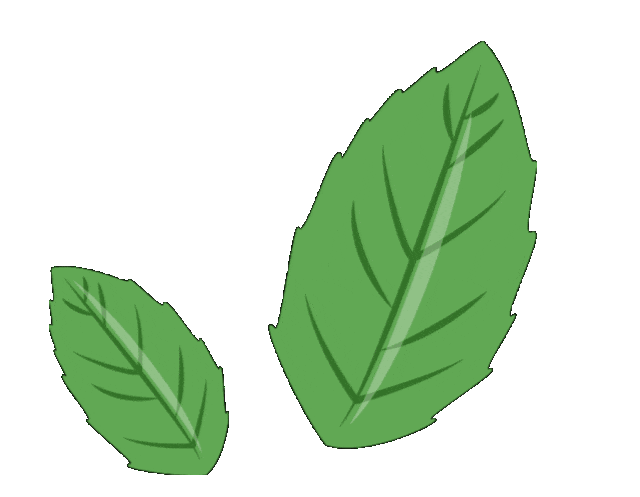
1
Rapid Action:
Herbal powders have a larger specific surface area, making them easy to disperse and dissolve, allowing the medicine to be quickly released and absorbed by the body, thus rapidly exerting therapeutic effects. This is particularly important for patients needing quick control of their condition or pain relief.

2
Simple Preparation:
The preparation process of herbal powders is relatively simple, requiring no complex processing, making them suitable for hospital formulations and small-scale production. Additionally, herbal powders are also convenient for storage and transport.

3
Flexible Administration:
Herbal powders can be directly taken with water or dissolved in other liquids, or taken with water, and can also be made into external herbal powders for treating diseases of the skin, mucous membranes, and other areas. This flexibility allows herbal powders to meet the needs and administration methods of different patients.

4
Significant Local Effects:
External herbal powders can directly act on the affected area, exerting therapeutic effects through local absorption. This is particularly effective for treating diseases of the skin, mucous membranes, and other external tissues.

5
Cost-Effective:
The production cost of herbal powders is relatively low, and they can maximize the retention of active ingredients from the medicinal materials, reducing waste. This makes herbal powders relatively affordable, suitable for a wide range of patients.


Disadvantages
Points



1
Poor Taste:
Some herbal powders may have bitter or astringent tastes, making them difficult for patients to accept. This may affect patient compliance and treatment outcomes.

2
Prone to Moisture Absorption and Degradation:
Herbal powders are prone to moisture absorption and clumping during storage, leading to changes or degradation of the medicinal components. This may affect the efficacy and safety of the medicine. Therefore, attention must be paid to moisture-proofing during storage.

3
High Irritability:
Some components in herbal powders may irritate the skin, mucous membranes, and other tissues, causing discomfort or pain. Therefore, caution should be exercised when selecting and using external herbal powders, and medical advice should be followed.

4
Difficult to Measure Accurately:
For non-dosed herbal powders, patients may make errors in self-measuring doses, leading to inaccurate medication amounts. This may affect treatment outcomes and increase the risk of adverse reactions. Therefore, special attention should be paid to the accuracy of medication amounts when using non-dosed herbal powders.
Chinese herbal powders have advantages such as rapid action, simple preparation, and flexible administration, but also have disadvantages like poor taste and susceptibility to moisture degradation. When using them, it is essential to choose the appropriate type and administration method based on the patient’s specific situation and disease characteristics, and to follow medical advice to ensure efficacy and safety.
Written by: Li Siqi Edited by: Li Siqi Proofread by: Zhang Xiaolei
If there are any improper uses, please feel free to contact us
Previous Recommendations
◆ World Diabetes Day | Scientific Prevention and Management, Don’t Be a “Little Sugar Person”

◆ Embarrassed by Body Odor? TCM Can Help

◆ Poor Spleen and Stomach? Should You Tonify the Spleen or Strengthen It?

Step One “Click👍”
Step Two Click to Light Up “See “
“
Share with friends to reach more partners



